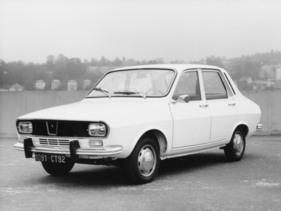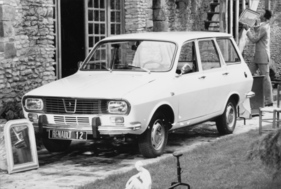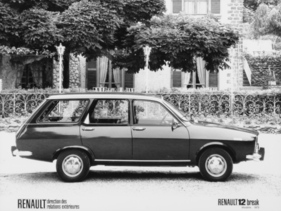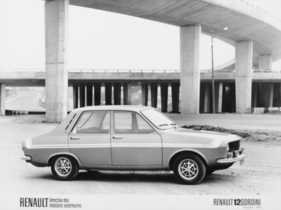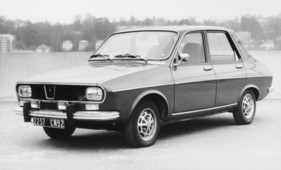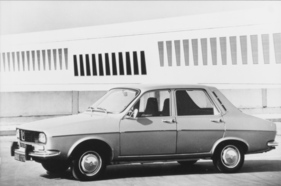Sloping notchback - Renault 12 in the (historical) test
Summary
In the Renault 12, form strictly followed function, which made for an appearance that took some getting used to, if not whimsical, but made the car very practical and easy to understand. This historical test clearly highlights the advantages of the Renault 12 without dwelling for long on complaints about its appearance. However, the most important question remains unanswered: Where exactly is the handbrake now?
This article contains the following chapters
- Space
- Luggage
- Getting in/out
- Equipment
- Operation
- Driving
- Tires
- Brakes
- Safety
- Heating/ventilation
- Noise
- Workmanship, durability
- Maintenance, spare parts
- Driving with caravan
- mot overall verdict
- Plus points
- Minus points
- Technical data
Estimated reading time: 20min
Preview (beginning of the article)
At first glance, one is surprised, certainly not thrilled: the proportions of the notchback sedan are peculiar. The hood slopes down more than usual, the windscreen is inclined, the roof rises towards the rear; the rear window is curved and merges into the rear almost without an edge, the side windows reach down low; the beltline starts from low and rises towards the rear. A stylistic gimmick for the sake of originality? A second glance reveals considerable technical considerations. Aerodynamic advantages: Small front area, tightly fitting airflow up to the trailing edge at the rear, also favorable against lift tendency at high speed; rear shape with a tendency towards a flowing tail to reduce the vortex zone, finished with a second trailing edge. Smooth surfaces, no trim.
Continue reading this article for free?
Photos of this article

















































